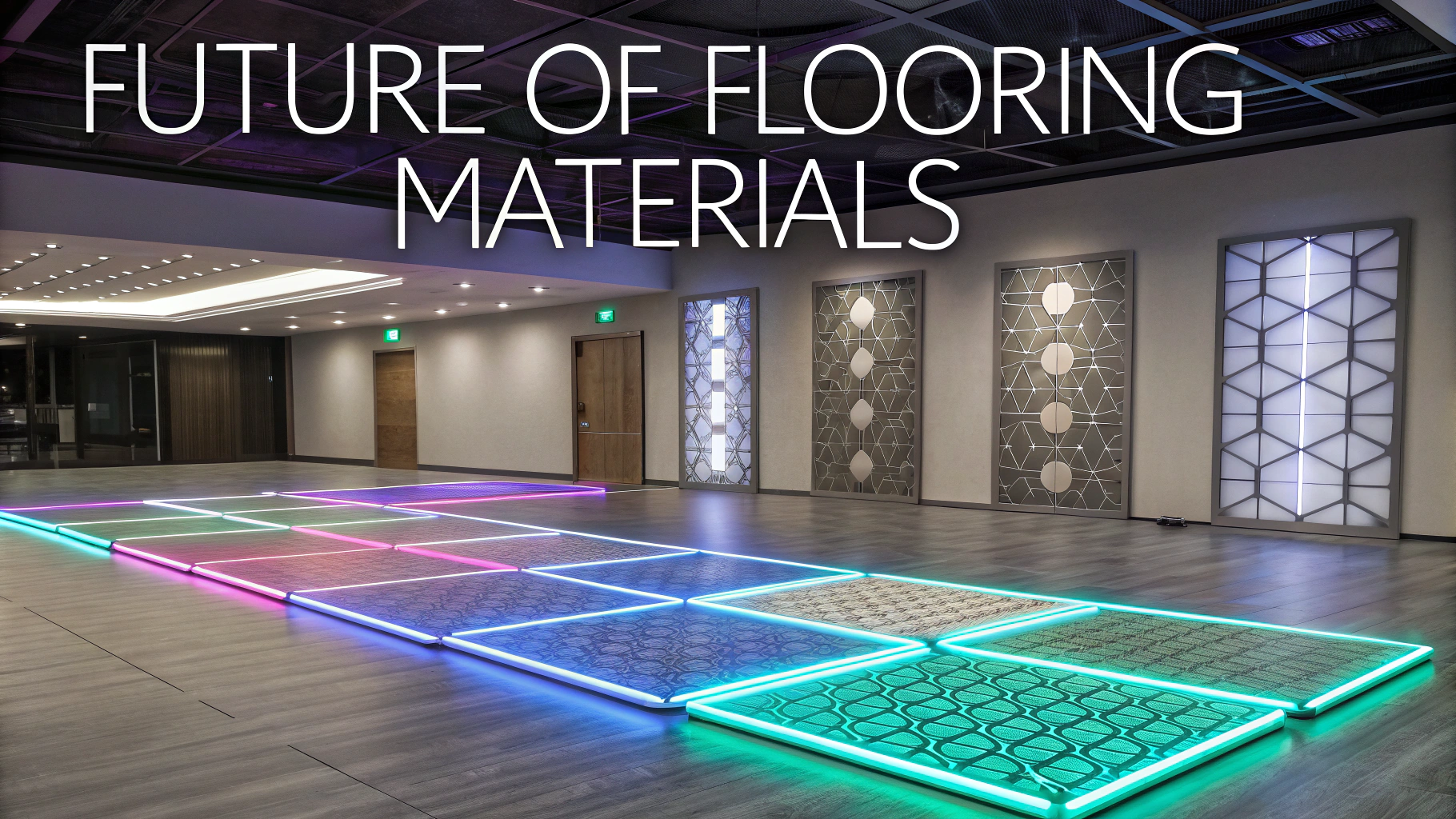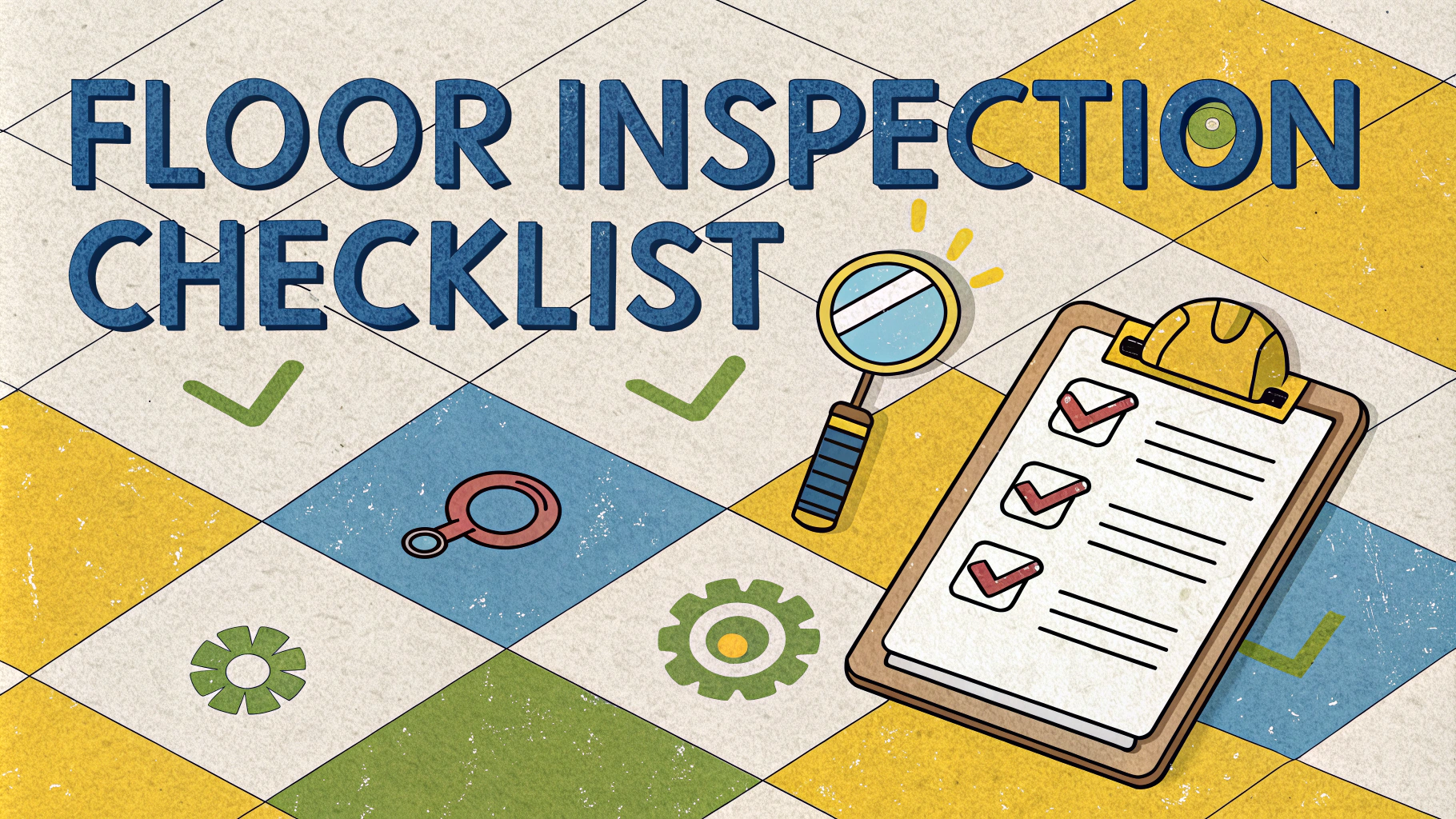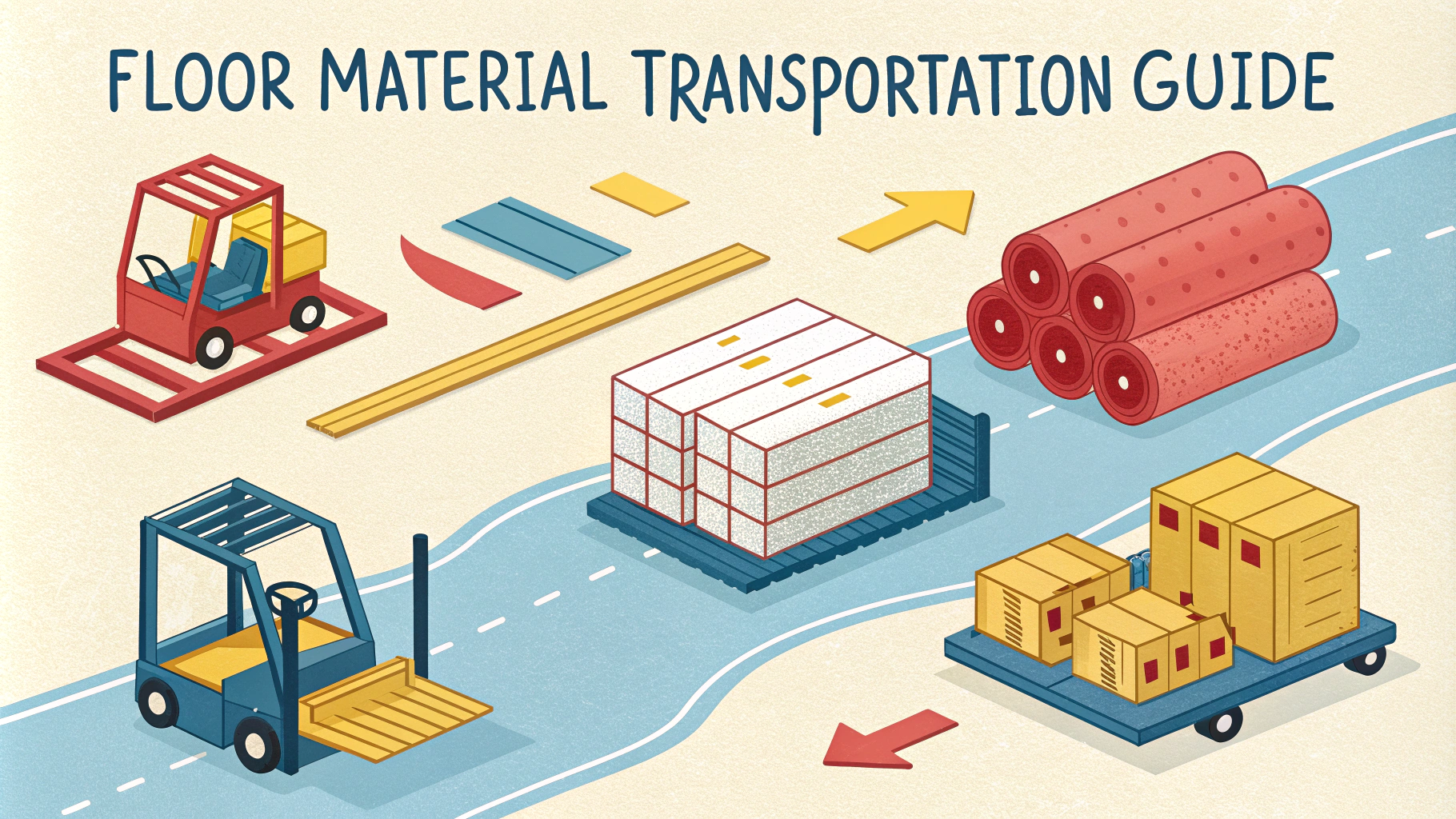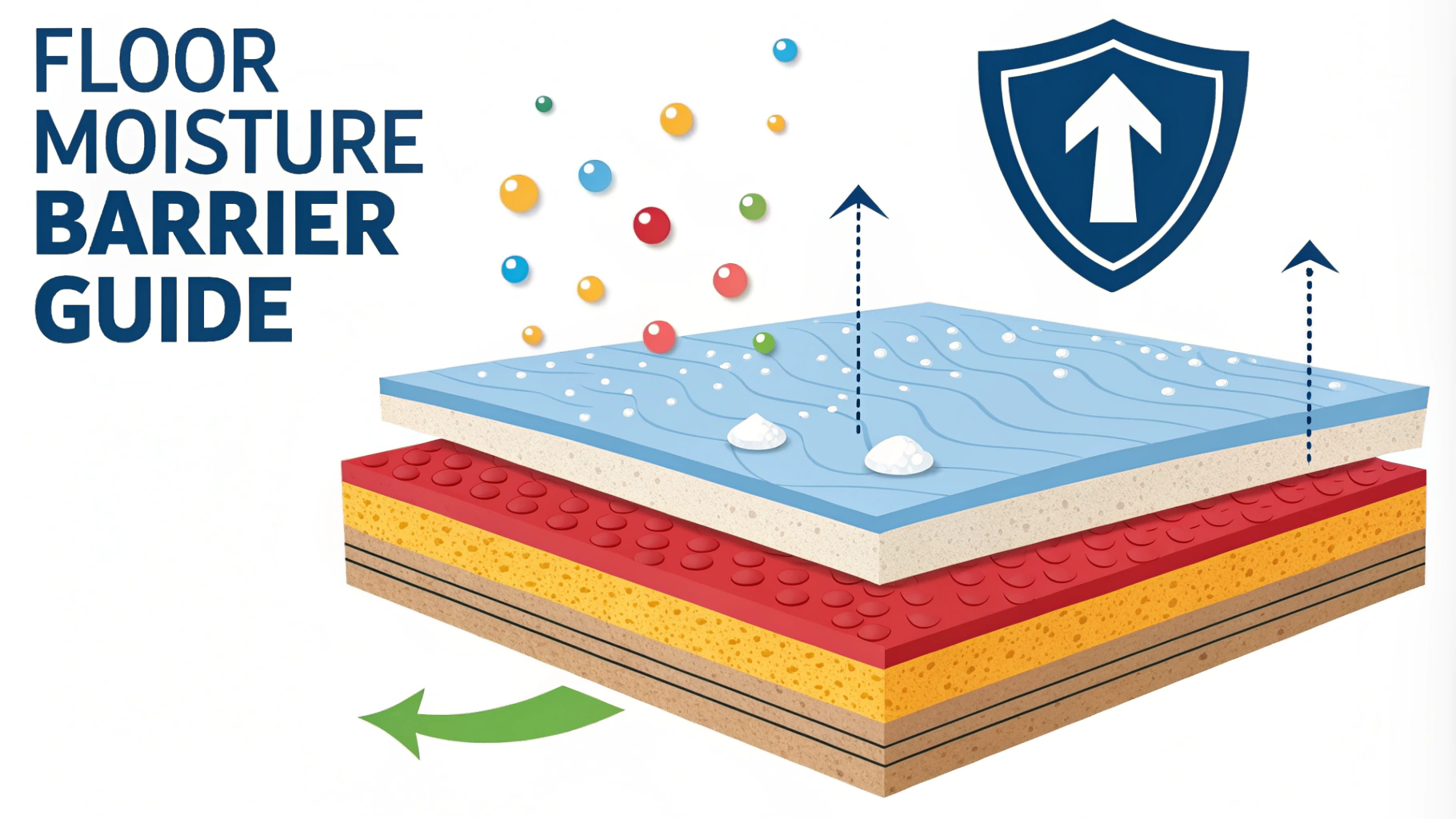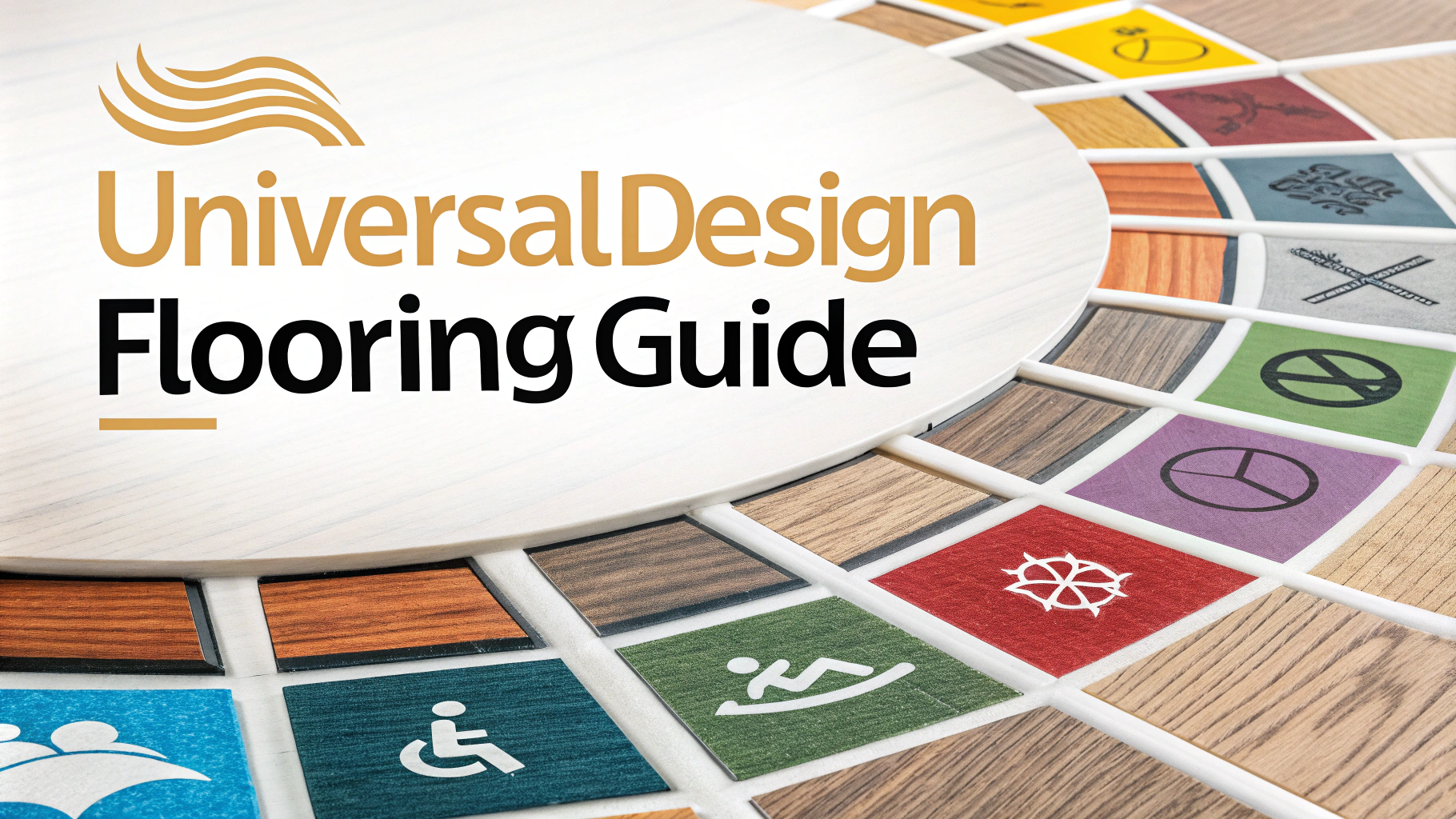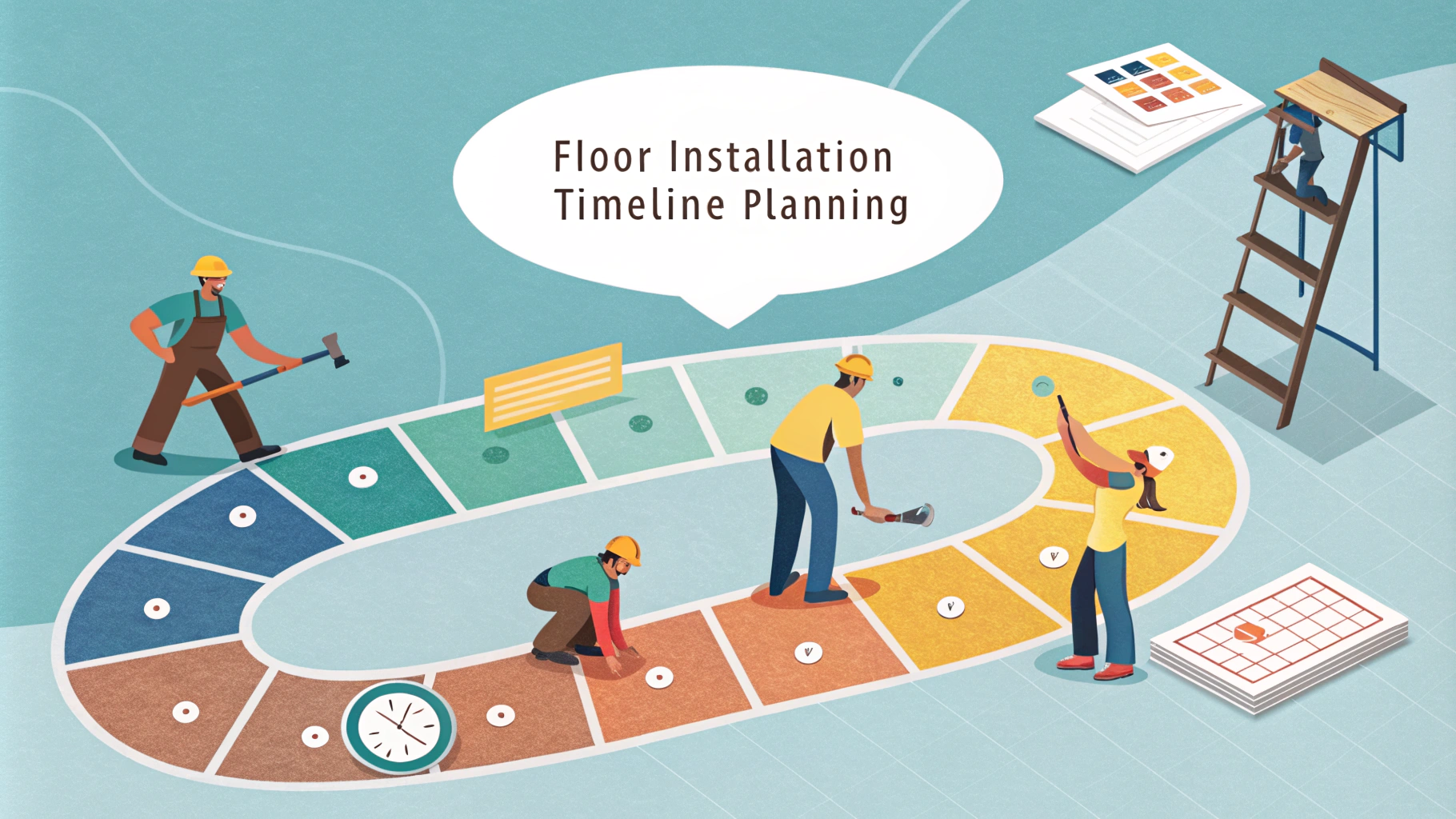Medical facilities require specialized flooring that meets strict safety, hygiene, and durability requirements while supporting patient care and staff comfort.
Selecting the right flooring material impacts infection control, noise reduction, slip resistance, and maintenance costs across healthcare environments from operating rooms to waiting areas.
This guide explores the top medical facility flooring options, comparing key factors like antimicrobial properties, chemical resistance, and lifecycle costs to help facility managers make informed decisions.
Key Flooring Requirements for Healthcare Settings
- Seamless installation to prevent bacterial growth
- Chemical and stain resistance
- Superior infection control capabilities
- Slip resistance for patient/staff safety
- Noise reduction properties
- Durability under heavy foot traffic and equipment
- Easy maintenance and cleaning
Top Medical Facility Flooring Options
Sheet Vinyl
Sheet vinyl offers seamless installation and excellent infection control through heat-welded seams.
Luxury Vinyl Tile (LVT)
LVT combines aesthetics with durability and comes in wood-look or stone-look designs that create welcoming healthcare spaces.
Rubber Flooring
Rubber flooring excels in ergonomics and noise reduction, making it ideal for staff areas and corridors.
Epoxy
Epoxy provides a seamless, chemical-resistant surface perfect for operating rooms and laboratories.
| Flooring Type | Best Used In | Key Benefits |
|---|---|---|
| Sheet Vinyl | Patient rooms, corridors | Infection control, durability |
| LVT | Waiting areas, offices | Aesthetics, maintenance |
| Rubber | Staff areas, therapy rooms | Comfort, acoustics |
| Epoxy | Operating rooms, labs | Chemical resistance, seamless |
Maintenance and Care Tips
- Follow manufacturer cleaning guidelines strictly
- Use hospital-grade disinfectants approved for flooring type
- Implement regular maintenance schedules
- Address spills and stains immediately
- Inspect seams and joints regularly for damage
Cost Considerations
Initial installation costs range from $4-12 per square foot, depending on material choice and preparation requirements.
Factor in long-term maintenance costs, durability, and replacement cycles when calculating total ownership costs.
Selecting the Right Option for Your Facility
Contact flooring manufacturers or healthcare flooring specialists for detailed specifications and samples.
Consider conducting small test installations in high-traffic areas before full-scale implementation.
Work with certified healthcare flooring installers familiar with medical facility requirements and infection control protocols.
For professional healthcare flooring consultation, contact:
- Nationwide Medical Flooring Association: 1-800-555-0123
- Healthcare Facilities Management Association: www.hfma.org
Safety Certification and Compliance
Healthcare flooring must meet specific industry standards and certifications including:
- ASTM F925 for chemical resistance
- ASTM F1303 for sheet vinyl performance
- ASTM E648 for fire resistance
- ADA compliance for slip resistance
Environmental Impact and Sustainability
Modern healthcare facilities increasingly prioritize sustainable flooring solutions that offer:
- Low VOC emissions
- Recycled content options
- End-of-life recycling programs
- Environmental product declarations (EPDs)
Installation Best Practices
Preparation
Proper subfloor preparation and moisture testing are critical for long-term performance.
Timing
Schedule installations during low-traffic periods and coordinate with infection control teams.
Quality Control
Implement thorough inspection protocols during and after installation.
Making an Informed Healthcare Flooring Decision
Choose flooring solutions that balance immediate budget constraints with long-term performance requirements. Consider the specific needs of each department and space within your facility.
Partner with experienced healthcare flooring professionals who understand medical environment demands and can provide ongoing maintenance support.
Regular evaluations of flooring performance and maintenance costs will help optimize future flooring decisions and ensure continued compliance with healthcare standards.
FAQs
- What are the most important requirements for medical facility flooring?
Medical facility flooring must be antimicrobial, slip-resistant, durable, chemical-resistant, and easy to clean. It should also meet infection control standards and withstand heavy foot traffic and rolling loads. - Which flooring materials are recommended for medical facilities?
Sheet vinyl, luxury vinyl tile (LVT), rubber flooring, epoxy, and linoleum are the most recommended materials. Each offers specific benefits for different areas within healthcare facilities. - How often should medical facility flooring be replaced?
With proper maintenance, commercial-grade medical facility flooring typically lasts 15-20 years. However, high-traffic areas may need replacement every 10 years, and areas with extreme wear might require replacement sooner. - What type of flooring is best for operating rooms?
Seamless sheet vinyl or epoxy flooring is ideal for operating rooms as they prevent liquid penetration, are chemical-resistant, and can be sealed at the edges to prevent bacterial growth. - How should medical facility flooring be maintained?
Daily cleaning with hospital-grade disinfectants, regular buffing, immediate spill cleanup, and periodic deep cleaning are essential. Maintenance should follow manufacturer guidelines and infection control protocols. - What flooring options are best for reducing noise in medical facilities?
Rubber flooring and acoustic vinyl options provide the best noise reduction properties, with sound absorption ratings of up to 18-20 decibels. - Are there specific safety standards medical facility flooring must meet?
Yes, medical facility flooring must comply with ASTM F1303 for sheet vinyl, ASTM F2772 for sports performance properties, and ADA guidelines for slip resistance. It should also meet specific fire safety codes. - What flooring is recommended for areas with heavy equipment?
High-performance sheet vinyl or epoxy flooring with high point-load resistance is recommended for areas with heavy equipment. These materials can withstand up to 2,500 PSI of pressure. - How does infection control impact flooring selection in medical facilities?
Flooring must be non-porous, seamless where possible, and resistant to microbial growth. It should also withstand rigorous cleaning protocols and harsh disinfectants used in healthcare settings. - What are the cost considerations for medical facility flooring?
Initial costs range from $4-$12 per square foot for vinyl options to $8-$15 for epoxy solutions, with additional considerations for installation, maintenance, and lifecycle costs.

